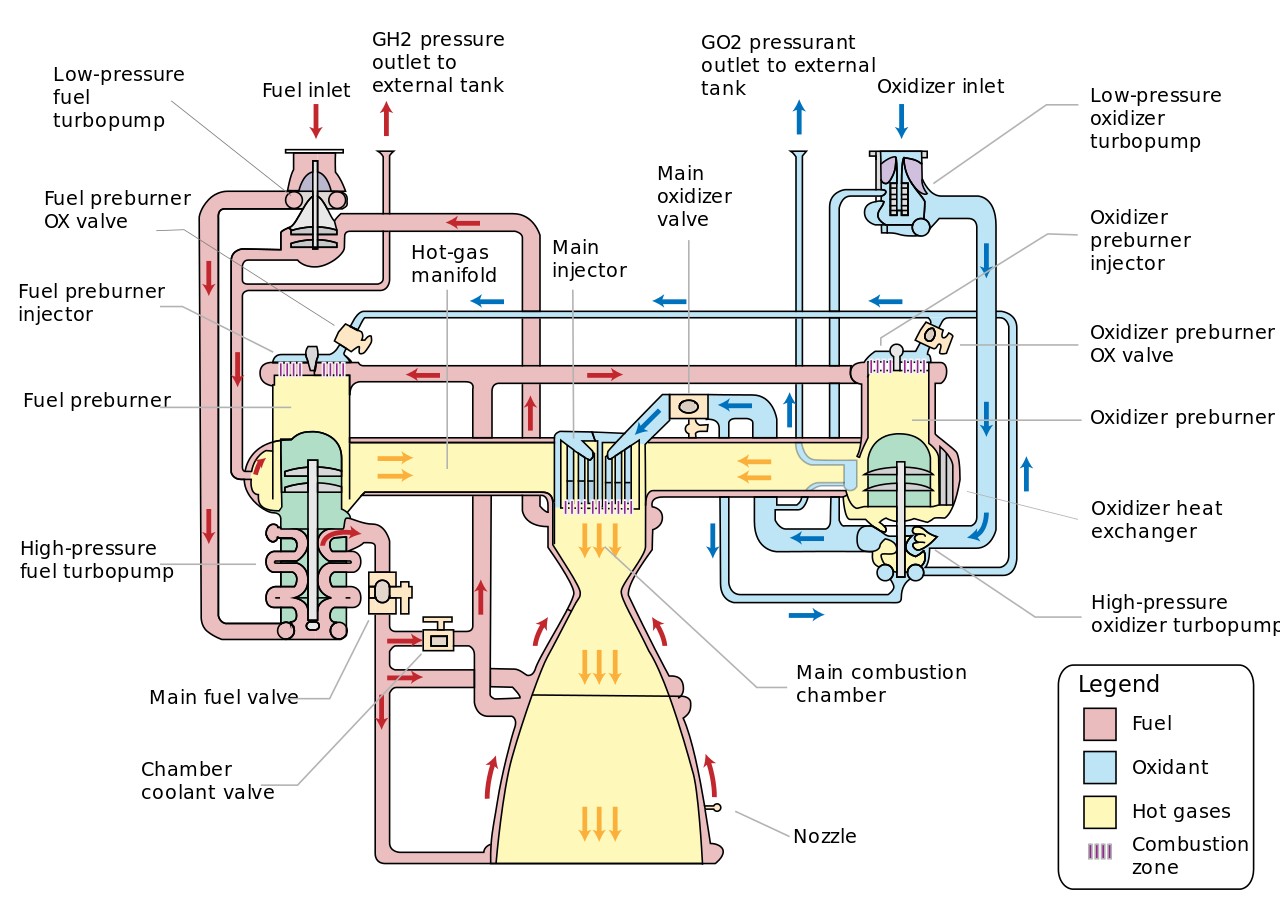Given the heat from combustion and increased temperature, would the LOx still be in liquid form after emanating from the injector? Or will it instantly transform into gas?
Are injectors cooled using the flow of LOx or is there a separate cooling system for the injector? If cooled using LOx, then this additional heating would make the LOx's temperature to rise even further. This might cause the phase transformation even before entering the combustion chamber.

